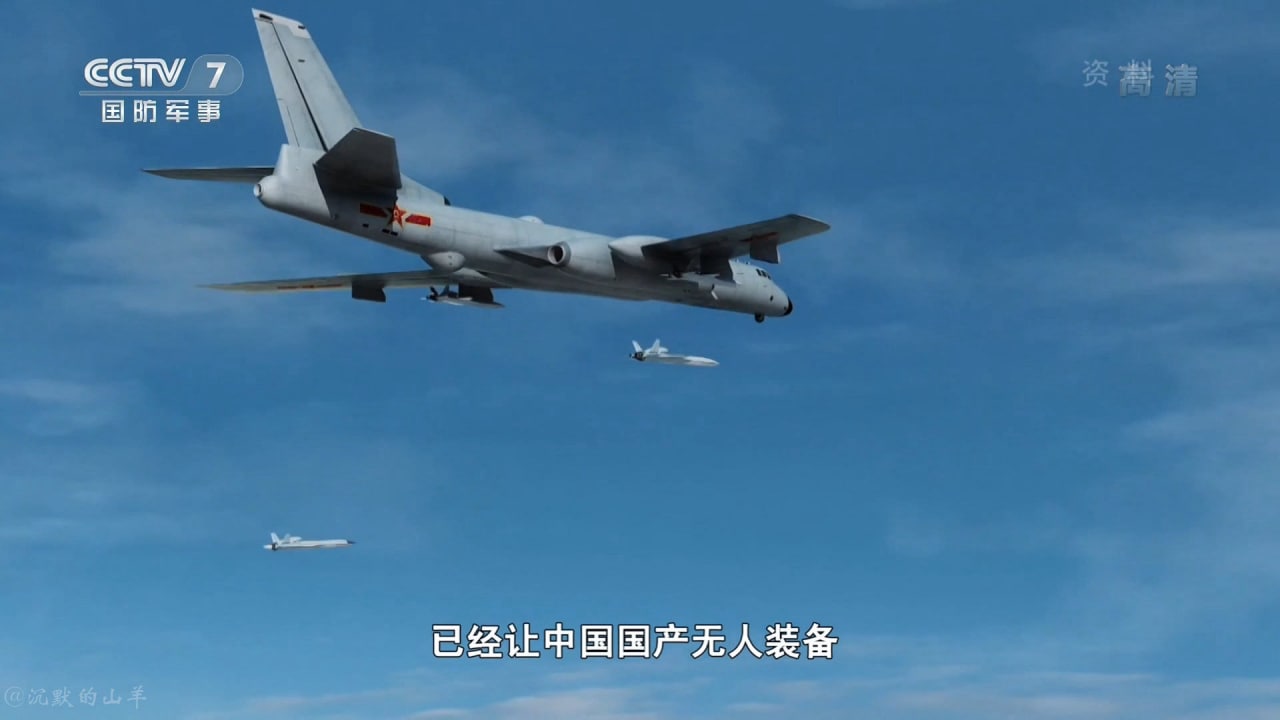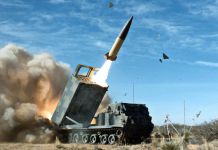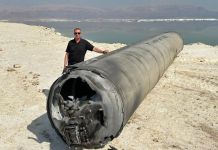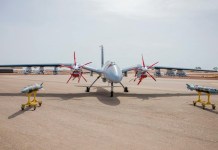After the Taiwanese Ministry of National Defense (MND) announced that several Chinese warplanes crossed the median line on June 24, a report in Chinese media warned that these incidents would only rise if “Taiwan independence” secessionist forces continue to provoke.
According to a report published in Chinese state-owned Global Times, Chinese military experts warned that the People’s Liberation Army’s (PLA) approach of fighter jets to the 24-nautical-mile line separating the island of Taiwan from mainland China is entirely legitimate and will increase if “pro-Taiwan independence” separatist elements continue to incite.
On June 25, the Taiwanese Defense Ministry reported that in the previous 24 hours, it had spotted 21 PLA aircraft, five PLA ships, and eight J-10 fighter planes flying across the median line of the Taiwan Strait. The warplanes approached close to the island’s contiguous zone, which is 24 nautical miles or 44 kilometers, off its coast.
Global Times spoke to a Chinese mainland military expert who said that the 24-nautical-mile line is often used to describe the contiguous zone, which can extend up to 24 nautical miles from the baseline, while the territorial sea can extend up to 12 nautical miles from the baseline.
He emphasized that the Taiwanese defense ministry may attempt to use the idea of a contiguous zone to exaggerate “threats” from the PLA, but because Taiwan is an integral part of China, the PLA is permitted to operate wherever on and around the island.
8 of the detected aircraft (J-10) had crossed the median line of the Taiwan Strait.
— 國防部 Ministry of National Defense, R.O.C. ?? (@MoNDefense) June 25, 2023
Over the past three years, China’s air force has frequently entered the airspace over Taiwan and has often crossed the median line since last year, which had previously served as an informal barrier between the two sides. On its part, Beijing has been categorical in its refusal to acknowledge the median line.
“The median line is a non-existent concept dividing the two sides of the Taiwan Straits from the middle, and the median line is never recognized by the Chinese mainland,” said the Global Times report.

Chinese military planes fly around the median line and into Air Defense Identification Zone’s (ADIZ) southwestern section. This pattern has seen an uptick since last August when US House of Representatives spokesperson Nancy Pelosi visited the self-ruled island state that China considers a rogue territory belonging to the Chinese mainland.
According to Fu Qianshao, a military aviation expert from the Chinese mainland, routine sorties by PLA aircraft act as strong warnings to “Taiwan independence” separatist groups and outside intervention forces.
The unprecedented and unexpected maneuver of PLA aircraft close to the Taiwanese coast is significant. It comes just a week after Chinese bombers encircled Taiwan in a night-time drill and sounded a similar warning.
Last week, Chinese People’s Liberation Army’s H-6K bombers conducted midnight sorties around Taiwan. At the time, experts similarly stated that such drills would become routine and serve as a warning to anyone attempting to break the island’s connection to China.
According to China Central Television (CCTV), the second air group of the PLA Air Force aviation regiment was the first unit to fly around Taiwan at night after the H-6K bomber was put into service.

“We have the capability to sortie at any time and anywhere, be it at day, at night, or before dawn,” Wei Xiaogang, an instructor at the air group, said in the CCTV report.
While these drills have previously been rare for the risk they pose to the pilots, they are likely to become increasingly common as tensions continue to flare up in the Taiwan Strait. The presence of these bombers is also particularly concerning as they can carry a wide range of weapons, including the KD-20 land attack missile, the YJ-12 supersonic anti-ship missile, and the YJ-21 hypersonic missile.
Meanwhile, Taiwan has been making concerted efforts to deal with the perennially lingering China threat by bolstering its military production with a particular emphasis on missiles.
2024 Is The Year Of Taiwan’s Missile Deliveries
In March 2022, the island’s defense ministry said in a report that Taiwan plans to more than double its yearly missile production capacity to close to 500.
When domestic missile production reaches its height in 2024, it is predicted that Taiwan’s military will get 1,000 of the missiles in production, Taiwan News reported on June 26.
The National Chung Shan Institute of Science and Technology (NCSIST), which has a budget of NT$228.9 billion (US$7.38 billion), is currently implementing the Sea-Air Combat Power Improvement Plan, which calls for the manufacturing of a variety of missile types and high-performance naval vessels.
Senior government officials were quoted by Liberty Times on June 24 as saying that this year’s NT$60.9 billion budget is the plan’s highest and that 2024 will see the peaking of missile production, with over 1,000 missiles scheduled for delivery.
The arm’s production program is expected to be finished in stages in the next three years by 2026. According to reports, the vaunted Wan Chien air-to-ground missile should be completed in 2024.

Additionally, deliveries of the Chien Hsiang unmanned aerial vehicle (UAV) and the Hsiung Feng II-E (HF-IIE) ground attack cruise missile should be completed by the end of 2025.
According to the officials, future needs will determine if another Sea-Air Combat Power Improvement Plan is adopted or if the annual defense budget is increased.
The current plan, which is up and running right now, includes eight different types of equipment that the island state’s military needs. These include mobile coastal defense cruise missiles, air defense artillery systems, land-based air defense systems, UAV systems, Wan-Chien air-to-ground missile systems, HF-IIE missiles, high-performance naval vessels, and equipping Coast Guard vessels with wartime weapon systems.
With Chinese incursions into Taiwan’s Air Defense Identification Zone (ADIZ) and now the crossing of the median line becoming a “new normal,” the Taiwanese government has directed its energy into preparing for an eventual event of an unforeseen invasion.
- Contact the author at sakshi.tiwari9555 (at) gmail.com
- Follow EurAsian Times on Google News





